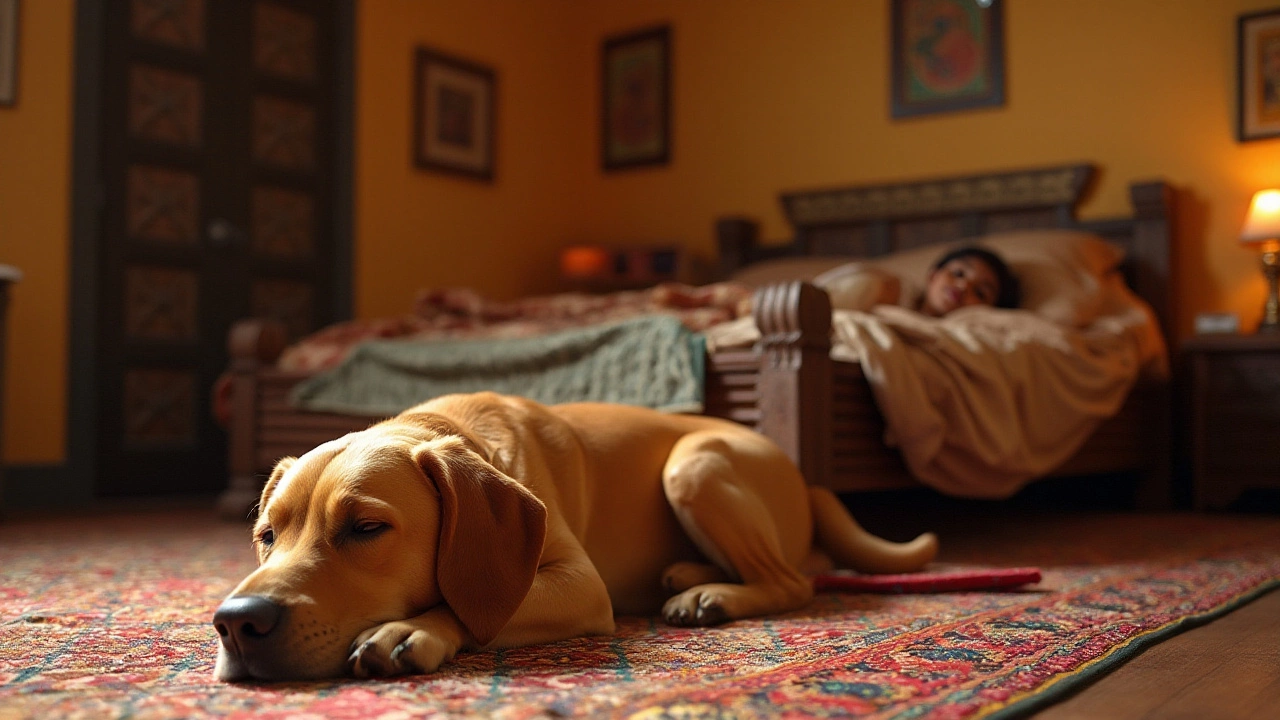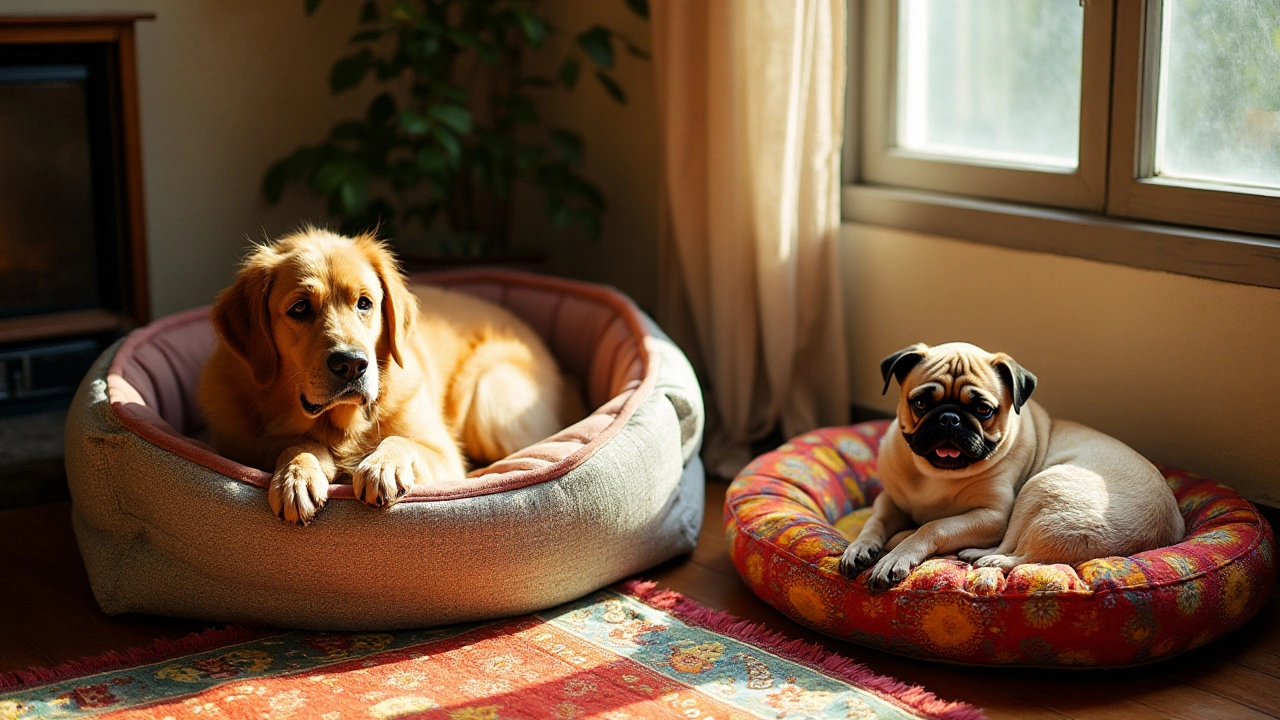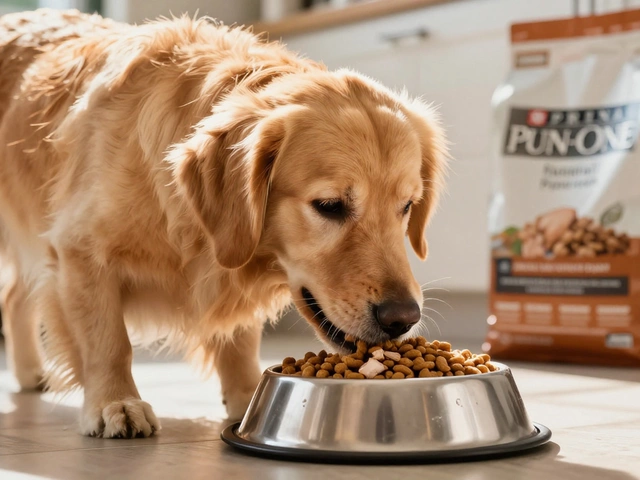Canine Comfort: Simple Ways to Keep Your Dog Happy and Healthy
Welcome to the canine comfort hub. Here you’ll find short, easy tips that you can try today to make your dog feel safer, calmer, and more relaxed. Whether you’re dealing with a nervous puppy, a senior dog that needs extra care, or just want to upgrade everyday comfort, these ideas are built for real life.
Everyday Comfort Hacks
Start with the basics. A firm, non‑slip mat in the feeding area stops paws from sliding and reduces stress. Keep water fresh and bowl clean – dogs notice temperature and taste. If your pup likes to nap near you, use a soft blanket on the floor instead of a hard crate floor. A cozy spot can cut down barking and restless pacing.
Grooming can feel like a marathon for both you and your dog. Shorten sessions by brushing a few minutes each day rather than once a week. Use a brush that matches your dog’s coat type; a slick brush works for short hair, a pin brush for longer fur. After a bath, dry with a low‑heat dryer or a towel rub, then give a treat. Positive rewards turn grooming into a calm routine.
Separation anxiety often spikes when the house is quiet. Leaving a TV or radio on at low volume can help. Choose a show with gentle background sounds – nature scenes or calm music work best. Keep the volume low enough that it’s not a new stressor. If your dog still whines, try a puzzle toy with a frozen treat to keep the mind busy.
Travel & Adventure Comfort
Flying with your dog can be nerve‑wracking, but a few steps make it smoother. Choose an airline that offers in‑cabin travel for small dogs and check breed restrictions early. Use a travel carrier that lets your dog stand, turn, and lie down comfortably. Add a familiar blanket and a favorite chew, like a vet‑recommended puppy chew, to create a safe zone.
Road trips need a pause every two hours. Let your dog stretch, sip water, and do a quick potty break. A portable water bowl and a small bag of treats keep the energy up. If you visit a dog‑friendly holiday spot, look for places with shade, clean water, and low‑impact walking paths. Dogs love a good stretch after a long day, so give them a chance to move around without a leash when safe.
Nutrition also plays a part in comfort. Fruits like pineapple are fine in small pieces and give a boost of vitamins, but watch for the core and skin. Safe chews keep teeth clean and satisfy the urge to gnaw, especially for teething puppies. Stick to vet‑approved chews and avoid hard bones that can crack teeth.
Training stress can make a dog uncomfortable. Housebreaking takes time – most dogs stop peeing indoors around 12‑16 weeks, but each pup is different. Keep a consistent schedule, praise successes loudly, and ignore minor accidents. When your dog learns the right spot, you’ll notice a calmer home.
All these tips are pulled from our most read posts, from “Why Does Dog Grooming Take Four Hours?” to “Flying with Dogs: Can Your Dog Sit on the Airplane Seat?” Use this page as a shortcut to the advice you need. Browse the articles, try a tip today, and watch your dog relax faster.

Do Dogs Prefer Solitary Slumber or Shared Snuggles? Insights on Dog Sleeping Preferences
Dogs, like humans, have their own sleep preferences, which can significantly impact their comfort and well-being. While some dogs enjoy having their personal sleeping space, others may prefer the company of their human or another pet companion. This article explores the factors influencing a dog's sleep choices, the importance of providing the right type of bed, and tips for ensuring a restful night's sleep for your furry friend. Understanding your dog's needs can lead to a happier, healthier life together.
read more
What Dog Beds Make Our Furry Friends Feel Right at Home?
Dogs, much like us, have unique preferences when it comes to their sleeping quarters. The variety of dog beds available in the market cater to the diverse needs of dogs, providing comfort, warmth, and a sense of security. The right dog bed can significantly improve a dog's quality of sleep and overall well-being. It's important to consider factors like size, material, shape, and additional features like orthopedic support when choosing a dog bed for your pet. Understanding these preferences can also help in creating a cozy and inviting space for your furry friend.
read more



